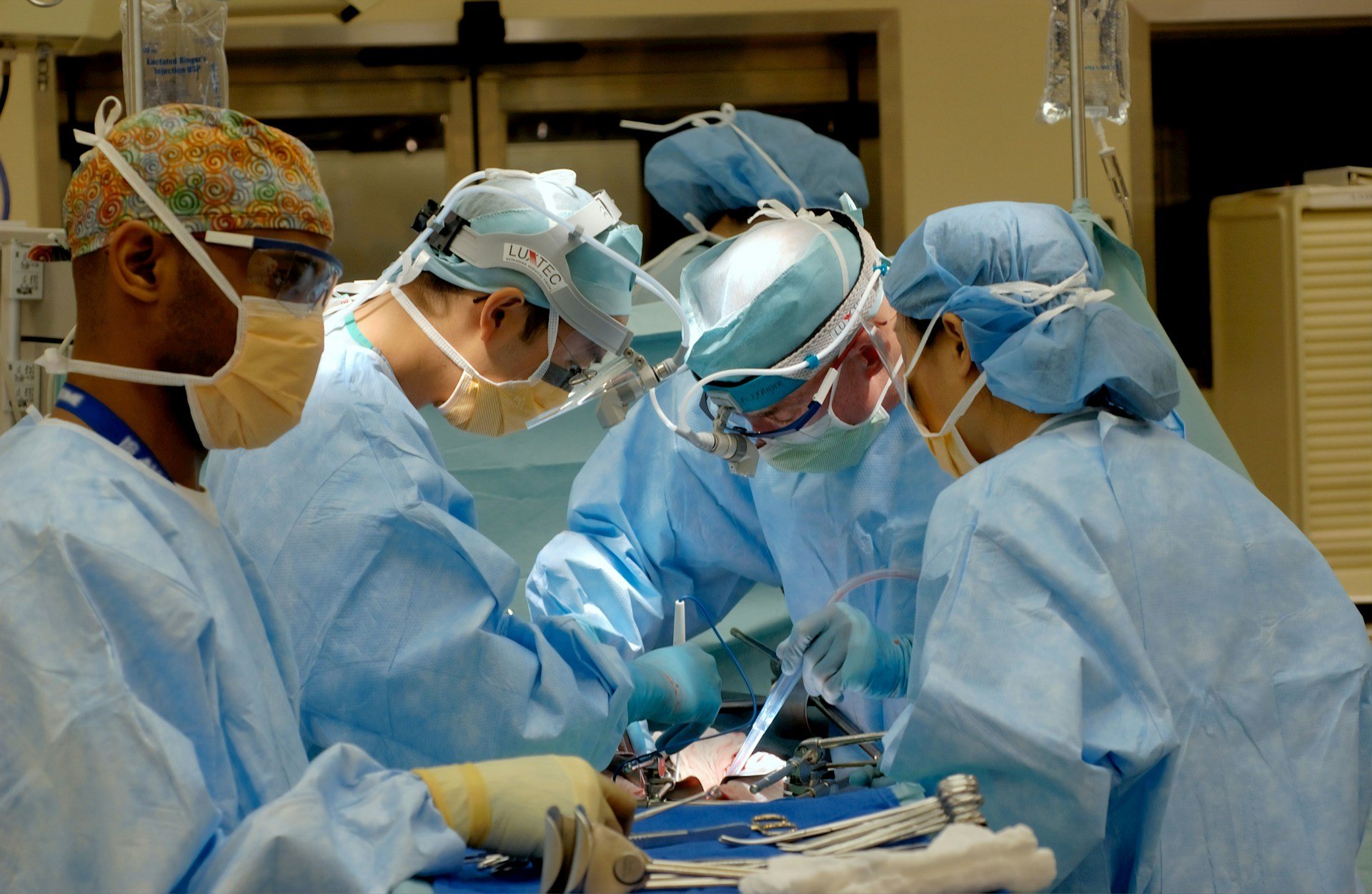
EXCISION OF GANGLION CYST
Ganglion Cyst Treatment in Galway | Hand and Wrist Surgery
What are ganglion cysts?
Ganglion cysts are very common lumps within the hand and wrist that occur adjacent to joints or tendons. The most common locations are the top of the wrist, the palm side of the wrist, the base of the finger and the end joint of the finger. The ganglion cyst often resembles a water balloon on a stalk and is filled with clear fluid or gel.
The cause of these cysts is unknown although they may form in the presence of joint or tendon irritation or mechanical changes. They occur in patients of all ages. The cysts may change in size or even disappear completely, and they may or may not be painful. These cysts are not cancerous and will not spread to other areas.
Treatment
Treatment can often be non-surgical. In many cases these cysts can simply be observed, especially if they are painless as they frequently disappear.
If the cyst becomes painful or limits activity, several treatment options are available. The use of splints and anti-inflammatory medication can be prescribed in order to decrease pain associated with activities.
An aspiration can be performed to remove fluid from the cyst and decompress it. This requires inserting a needle into the cyst and draining the fluid. Aspiration is a very simple procedure, but recurrence of the cyst is common.
If non-surgical options fail to provide relief or if the cyst recurs, surgical alternatives are available. Surgery involves removing the cyst along with a portion of the joint capsule or tendon sheath. Surgical treatment is generally successful although cysts may recur. Your surgeon will discuss the best treatment option for you.
How are they diagnosed?
The diagnosis is usually based on the location of the lump and its appearance. They are usually oval or round and may be soft or very firm. Cysts at the base of the finger on the palm side are typically very firm, pea-sized nodules that are tender to applied pressure. Light will often pass through these lumps (i.e. they are translucent) and this can assist in the diagnosis. Cysts at the end joint of the finger frequently have an arthritic bone spur associated with them.

